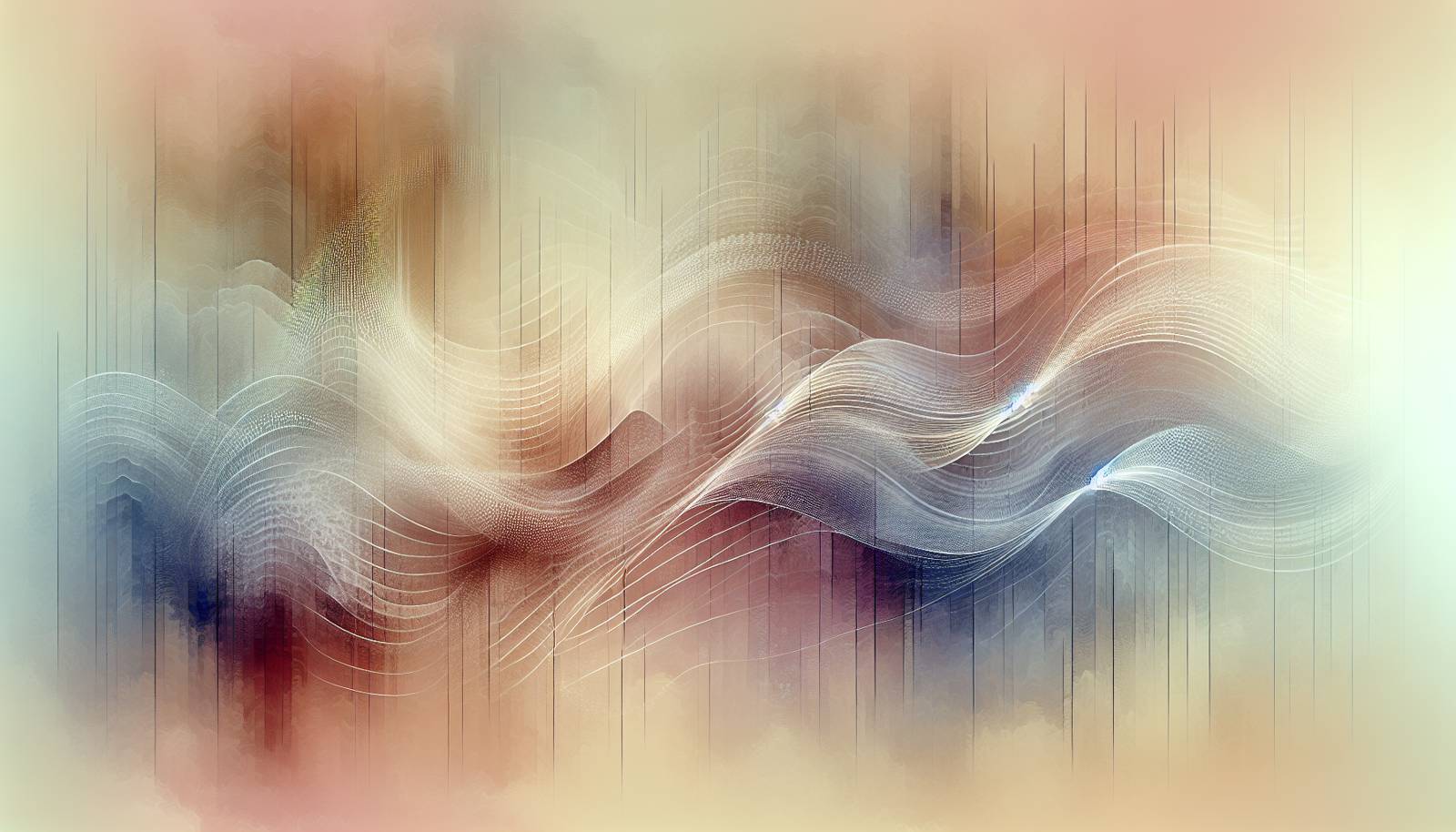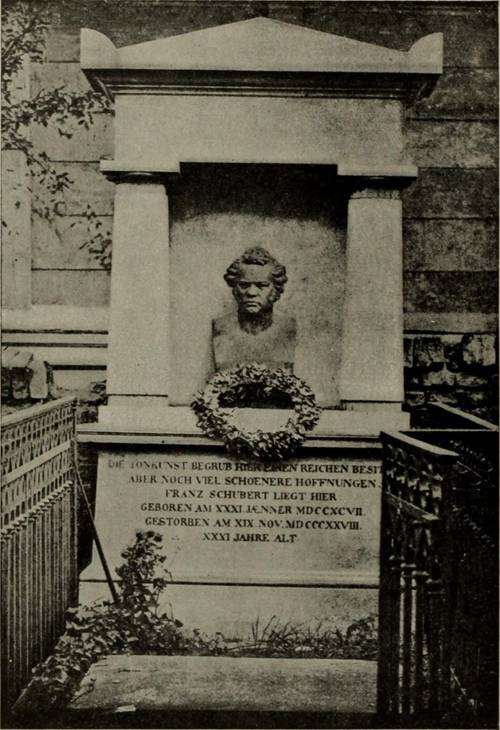
FAQ About Evolution of Modern Dance Music Subgenres

What are the main modern dance music subgenres?
Modern dance music is characterized by various subgenres, each with its unique style and elements. Some of the main subgenres include Techno, known for its repetitive instrumental music produced primarily for use in a continuous DJ set; Trance, which focuses on a melody-led journey often with tempos of between 120 and 150 beats per minute; House, featuring a 4/4 beat and a tempo of 120 to 130 bpm, often with vocals and uplifting soundscapes; Dubstep, marked by overwhelming bass lines and reverberant drum patterns; and Drum and Bass, characterized by fast breakbeats (usually between 160-180 bpm) with heavy bass and sub-bass lines. Each of these subgenres contributes uniquely to the fabric of modern dance music.

How did techno music evolve?
Techno music originated in Detroit, Michigan, in the 1980s, drawing influences from Kraftwerk, funk, and Chicago house music. The genre was pioneered by the likes of Juan Atkins, Derrick May, and Kevin Saunderson, often referred to as the "Belleville Three." Initially characterized by its use of analog synthesizers and sequencers to produce a repetitive, minimalistic sound, techno quickly gained popularity in the underground dance scene. Over time, it diversified, leading to various sub-styles such as minimal techno, acid techno, and hard techno, each exploring different musical elements while maintaining the core rhythm and texture.

What defines trance music and how has it changed over the years?
Trance music is defined by its emotional appeal and often features melodic synthesizers and repetitive rhythmic patterns that aim to produce a euphoric and hypnotic state in listeners. Emerging from the late 1980s and early 1990s, trance grew from the electronic sounds of acid house and techno. Over the years, trance has evolved, with many subgenres like progressive trance, uplifting trance, and psychedelic trance each offering distinct elements. While trance music retains its focus on crowd dynamics and energetic builds, it has also seen experimental blends with other genres to create new soundscapes.

What impact has house music had on global music culture?
House music, originating from Chicago in the early 1980s, has had a profound impact on global music culture. It paved the way for modern electronic dance music and significantly influenced many other musical genres through its rhythm and dance-centric nature. House music's basic four-on-the-floor beat structure has become a staple in numerous musical styles worldwide. Festivals around the globe celebrate its legacy, and contemporary artists continue to draw on its foundational beats and grooves, keeping the house music spirit alive and adapting it to new contexts and cultural expressions.

How does dubstep differ from other dance music subgenres?
Dubstep is distinct from other dance music subgenres primarily due to its unique use of basslines and syncopated drum patterns. It emerged in the late 1990s in London, characterized by a tempo around 140 beats per minute, syncopated rhythms, and sub-bass frequencies that shake the listening environment. Unlike traditional dance tracks that emphasize melody, dubstep's focus is more on the rhythm and the manipulation of bass, often using techniques like wobble bass to create an intense sound experience. This sets it apart from more melody-driven or beat-focused dance genres like trance or house.

What role has technology played in the evolution of dance music subgenres?
Technology has been integral to the evolution of dance music subgenres. The advancement of electronic music production tools like synthesizers, drum machines, and sampling technology has allowed artists to experiment and create new sounds easily. Digital software and hardware innovations have lowered barriers for artists worldwide, enabling even those without professional studio access to create and distribute music. The Internet has further supported this evolution by allowing for the rapid exchange of music and trends globally. Technological progress continues to push the boundaries of what's possible in dance music production and performance.

Who are some of the most influential artists in modern dance music?
Many artists have played significant roles in shaping modern dance music across its various subgenres over the years. For techno, pioneers like Juan Atkins, Derrick May, and Kevin Saunderson laid the groundwork. In house music, names such as Frankie Knuckles and Larry Heard have been pivotal. Trance music has seen influential artists like Tiësto, Armin van Buuren, and Paul van Dyk leading the genre. In the realm of dubstep, Skrillex and Burial stand out. These artists have all contributed to the evolution and global spread of dance music, influencing countless musicians across generations.

What is the significance of festivals in the dance music scene?
Festivals play a crucial role in the dance music scene by providing a platform for live performances and acting as cultural hubs where new music and trends can reach a global audience. Events like Tomorrowland, Ultra Music Festival, and Electric Daisy Carnival gather hundreds of thousands of attendees from around the world. These festivals not only showcase established and upcoming artists but also foster community among fans. They serve as a testament to the genre's popularity and resilience and are often sites where musical innovation and cultural exchanges take place.

How have global cultures influenced the evolution of modern dance music?
Global cultures have significantly influenced the evolution of modern dance music by infusing traditional sounds and techniques into contemporary electronica. As dance music has spread globally, artists have incorporated elements from their own musical traditions, creating unique subgenre fusions. For example, Latin rhythms integrated into house music gave birth to genres like tribal house, while Indian instruments and melodies have been used in psy-trance. This cross-cultural blending adds diversity to dance music and reflects the global interconnectedness of cultures through music.

What is the relationship between electronic music and nightlife culture?
Electronic music and nightlife culture are intrinsically linked, with nightclubs often serving as primary venues for dance music performances and DJ sets. The nightlife scene provides a real-time environment for testing new music and dance trends. Clubs and raves became the birthplace of various subgenres, offering a space where community, music, and dance converge. The synergy between electronic music and nightlife culture continues to thrive, with DJs often showcasing new releases and experimenting with live sets to create unique experiences for club-goers.

How has the internet shaped the growth of dance music subgenres?
The internet has played a pivotal role in the growth of dance music subgenres by enabling widespread distribution and accessibility. Platforms like SoundCloud, Bandcamp, and YouTube make it easy for artists to share their music directly with fans worldwide, bypassing traditional record label barriers. Social media and streaming services have facilitated rapid trendsetting and genre evolution by allowing music to reach diverse audiences quickly. Online communities and forums provide spaces for fans and artists to discuss, collaborate, and promote new music, fostering a diverse and dynamic music scene.

What are some common misconceptions about modern dance music?
One common misconception is that all dance music relies solely on repetitive beats without musicality. While dance music does utilize repetition, many subgenres showcase complex compositions, melodic structures, and emotional depth. Another misconception is that electronic music can only be experienced live in clubs or festivals. With advancements in technology, high-quality home audio systems and personal devices can offer immersive listening experiences. Lastly, some believe that dance music is a new phenomenon. In fact, it has deep roots tracing back to the disco era of the 1970s and earlier electronic musicians like Kraftwerk.

How does drum and bass differ from other electronic dance music?
Drum and Bass (DnB) sets itself apart from other electronic dance music primarily through its fast-paced breakbeats and deep basslines. Typically falling between 160 to 180 beats per minute, DnB tracks frequently incorporate complex, syncopated rhythms that give them their signature energetic feel. Unlike house music's steady beat or the melodic trance, drum and bass emphasizes intricate drum patterns and bass, often featuring sampled speech or visual-themed elements to provide a unique auditory experience. This makes it distinctive in both sound and the intensity of its beat structure compared to other subgenres.

How have digital platforms influenced modern dance music production?
Digital platforms have revolutionized modern dance music production by providing accessible tools and resources for artists. Software like Ableton Live, FL Studio, and Logic Pro has enabled producers to create complex compositions entirely on computers, without the need for a traditional studio setup. Online platforms offer virtual instruments and sound libraries, expanding the range of sounds available to artists. Digital platforms also facilitate collaboration between artists across the globe, allowing real-time editing and sharing of music projects. This shift has democratized music production, making it more inclusive and innovative.

What is the history behind the creation of dubstep?
Dubstep originated in the late 1990s in South London, emerging from the UK's garage music scene. Early dubstep tracks were characterized by dark, post-2-step garage rhythms, reverberating basslines, and a minimalistic aesthetic. The genre gained more exposure in the early 2000s through clubs such as Forward>> and pirate radio stations, which championed the emerging sound. Artists like Skream, Benga, and Digital Mystikz were instrumental in shaping dubstep's distinctive sound, which later achieved mainstream success, especially with the influence of producers like Skrillex who introduced a broader audience to the genre.

How has dance music influenced other genres of music?
Dance music has significantly influenced a wide array of other musical genres, contributing beats, rhythms, and production techniques. Pop music, for instance, often incorporates dance rhythms and electronic sounds to create catchy, upbeat tracks. Hip-hop has adopted electronic influences, particularly in production techniques and sound design. Even rock and indie genres have explored electronic elements, blending traditional instruments with digital sounds to create hybrid music. Additionally, dance music's focus on rhythm and beat has led to increased experimentation in other genres, breaking traditional boundaries and leading to innovative musical fusions.

What are the characteristics of minimal techno?
Minimal techno is a subgenre of techno music that emphasizes simplicity and the use of a minimalistic approach in its production. It typically features stripped-down, repetitive rhythms paired with subtle changes and progressions, focusing on a few elements at a time. Often, minimal techno tracks are built using a limited palette of sounds, relying on the deep exploration of sound textures and percussive elements. This subgenre tends to create an immersive, hypnotic experience, relying more on the overall mood and tonal shifts than on heavy synths or complex melodies characteristic of other styles of electronic music.

Why is Ibiza considered important in the evolution of modern dance music?
Ibiza is considered a pivotal location in the evolution of modern dance music due to its vibrant nightlife and status as a global clubbing hub. Since the late 1980s, the island has been at the forefront of dance music culture, attracting international DJs and music enthusiasts. The clubs in Ibiza, such as Pacha, Amnesia, and Space, have been instrumental in popularizing new sounds and subgenres, often serving as testing grounds for new music and trends. The island's party scene and its commitment to hedonistic dance experiences made it a mecca for dance music, influencing styles and trends worldwide.

How do cultural influences shape the sound of psychedelic trance?
Psychedelic trance (or psytrance) is notably shaped by a wide array of cultural influences, which contribute to its distinct and eclectic sound. Originating from the Goa trance scene of India, it draws inspiration from Indian spiritual themes, using traditional instruments and motifs in combination with hypnotic electronic beats. Cultural festivals like Boom in Portugal and Ozora in Hungary further infuse the genre with global influences by incorporating visual arts and multicultural themes. This integration of various cultural elements helps psytrance create a unique sensory experience that is as much about atmosphere and ritual as it is about the music itself.
